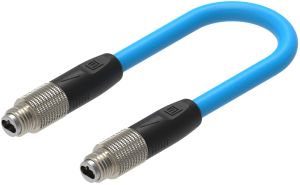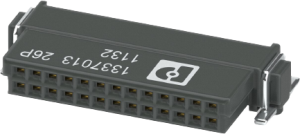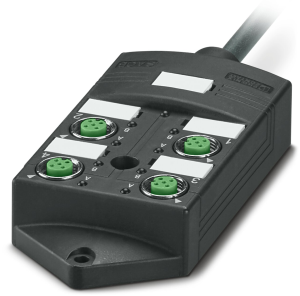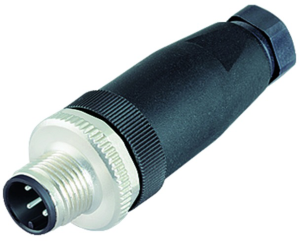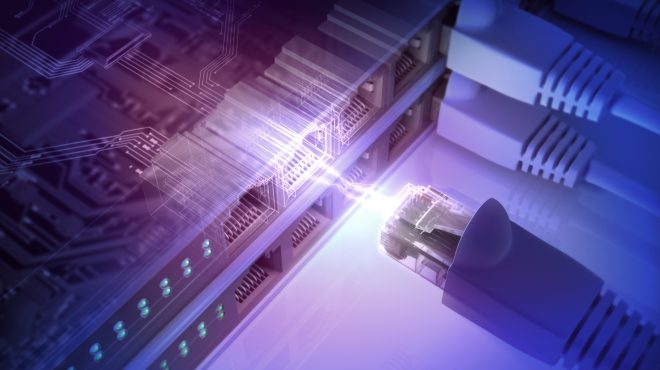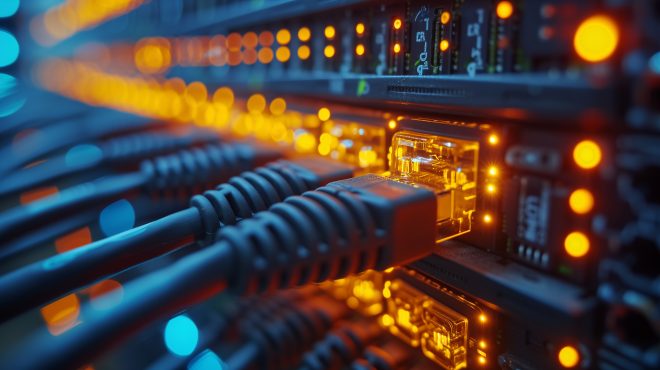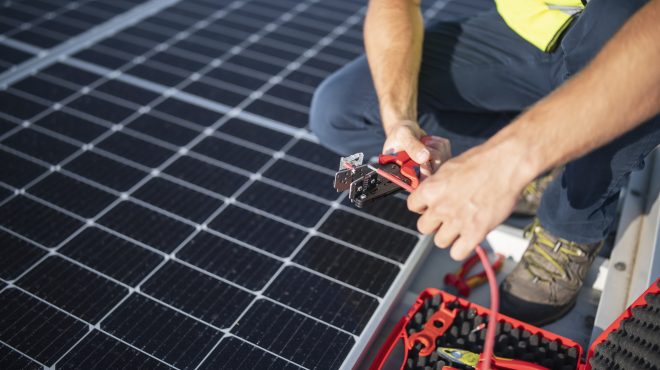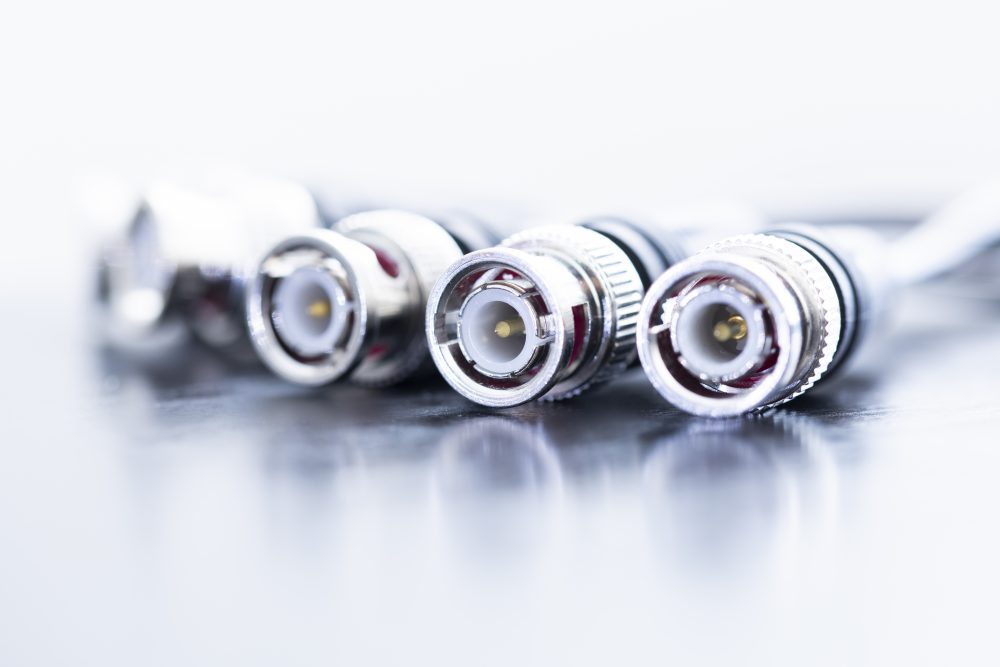
Connectors for the Internet of Things (IoT)
In recent years, the Internet of Things (IoT) has become a buzzword that is increasingly present in many industries and areas of our daily lives. But what exactly is behind this term? And why are connectors indispensable components in the age of networking? We shed some light on the subject!
Table of contents
The Internet of Things
“The Internet of Things”, often simply referred to as IoT, describes the networking of physical objects or “things” with the Internet. These things can be anything from household appliances to cars and industrial machines. Equipped with sensors and software, these devices can collect and exchange data, ultimately allowing them to interact with each other and with other systems.
The development of the IoT has increased rapidly in recent decades. Starting with simple networked computers, the use of the concept has expanded to include a wide range of devices that are now “smart”. This development has been driven by advances in sensor technology, data processing and, of course, the availability of fast internet connections.
The importance of the IoT for our technologized everyday lives and industry cannot be overstated. It enables a more efficient use of resources, improves productivity and enables new business models. Referred to as the Industrial Internet of Things (IIoT) in Industry 4.0, the IoT enables better monitoring and control of production processes, which leads to greater efficiency and helps to reduce costs.
The role of connectors in the IoT
Connectors are often overlooked but crucial components in the IoT. They enable the physical connection between the various components of an IoT system, be it the connection between sensors or devices, or between devices and the network. Many IoT nodes are powered by batteries and can be connected wirelessly. However, many IoT systems still rely on and benefit from wired sensors: wired networks are more robust and less susceptible to electrical noise and interference signals.
Which connectors are in demand in the IoT?
- Small is beautiful: The available space is a decisive factor in the IoT and also in the IIoT. There is a fundamental demand for connectors that are ideal for IoT sensors and nodes.
- High-performance industrial connectors: In an industrial context, industrial Ethernet connectors are often preferred to small connectors for wireless technology solutions. Why? The connector convinces with better performance. Special IP-compliant connectors provide additional protection against external influences such as water, dust and the like.
- Connectors with integrated USB ports: They are used to monitor environmental conditions.
- Compared to soldering the memory to a circuit board, memory connectors allow the available memory to be expanded as required – for greater flexibility.
- Board-to-board connectors: These are used to combine different PCBs into one board. The advantage: these solutions are particularly space-saving and yet powerful. For example, it is possible to connect different sensors to a standard communication board.
- Power and data connectors: These enable the transfer of data between devices and can come in various forms such as USB, Ethernet or HDMI.
- Power supply connectors supply IoT devices with power.
Connectors in the IoT
To summarize, the Internet of Things represents a revolution in the way we use technology and allow technical devices to interact. Connectors play a crucial role in this by providing the necessary physical connection that enables this interaction. As the IoT evolves, the demands on connectors will also increase.
The demands from developers: flexible, space-saving and high-performance products. Reliability and, of course, cost are also important factors when it comes to choosing the right connection technology. In the Industrial Internet of Things, there is an additional requirement for robustness and durability.
Bürklin Elektronik trusts innovative manufacturers
Due to the diverse demands placed on products, it is to be expected that there will be increased investment in the development of high-performance and – in view of the miniaturization trend – space-saving products. Bürklin Elektronik is already cooperating in this area with leading manufacturers who are working with commitment and professionalism on sustainable and innovative solutions.

